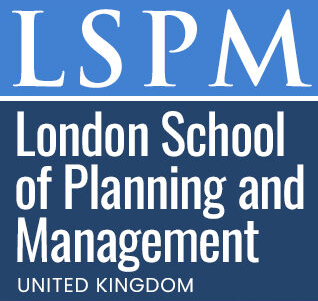Certified Professional in Food Label Nutrition Facts
-- viewing nowThe Certified Professional in Food Label Nutrition Facts course is a comprehensive program designed to provide learners with essential skills in food labeling and nutrition facts. This course is critical for professionals in the food industry, as it covers the latest regulations and guidelines for food labeling.
4,153+
Students enrolled
GBP £ 149
GBP £ 215
Save 44% with our special offer
About this course
100% online
Learn from anywhere
Shareable certificate
Add to your LinkedIn profile
2 months to complete
at 2-3 hours a week
Start anytime
No waiting period
Course details
• Food Labeling Regulations: Understanding the legal requirements for food labeling, including FDA regulations and guidelines for nutrient content claims.
• Nutrition Facts Panel: Learning the components of the Nutrition Facts panel, such as serving size, calories, nutrients, and percent daily value.
• Dietary Fiber and Whole Grains: Understanding the definition, types, and health benefits of dietary fiber and whole grains, and how to accurately label them.
• Sugars and Sweeteners: Identifying the different types of sugars and sweeteners, and learning how to accurately label them on food products.
• Fats and Oils: Understanding the different types of fats and oils, and how to accurately label them on food products, including trans fats and saturated fats.
• Proteins and Amino Acids: Learning about the different types of proteins and amino acids, and how to accurately label them on food products.
• Vitamins and Minerals: Understanding the different types of vitamins and minerals, and how to accurately label them on food products, including recommended daily intake.
• Allergens and Intolerances: Identifying common food allergens and intolerances, and learning how to accurately label them on food products.
• Special Dietary Needs: Understanding the labeling requirements for special dietary needs, such as gluten-free, vegan, and kosher.
• Food Labeling Best Practices: Learning best practices for food labeling, including clear and concise language, accurate labeling, and avoiding misleading claims.
Career path
